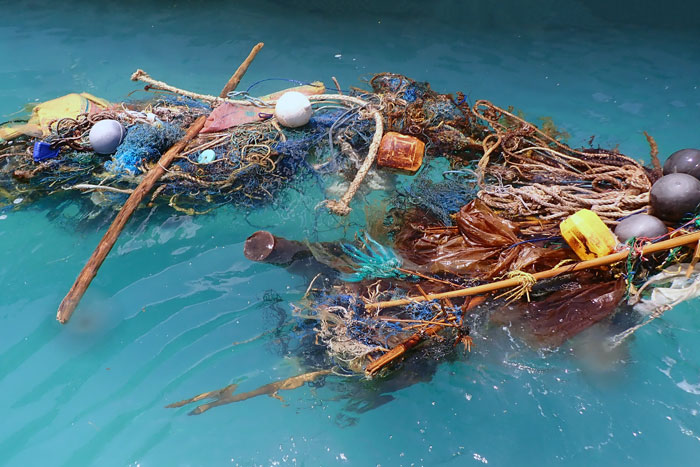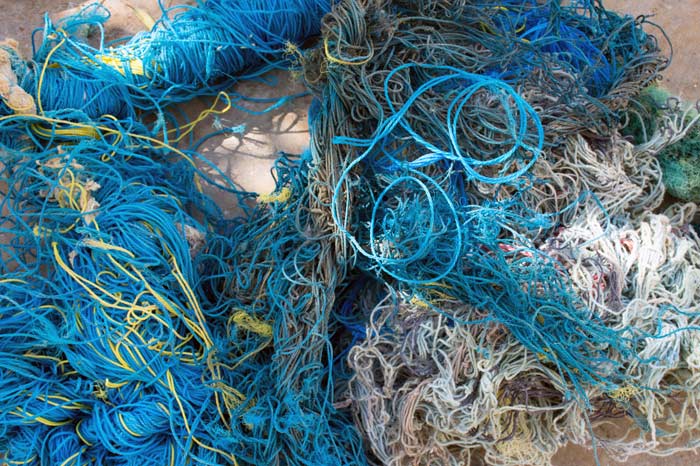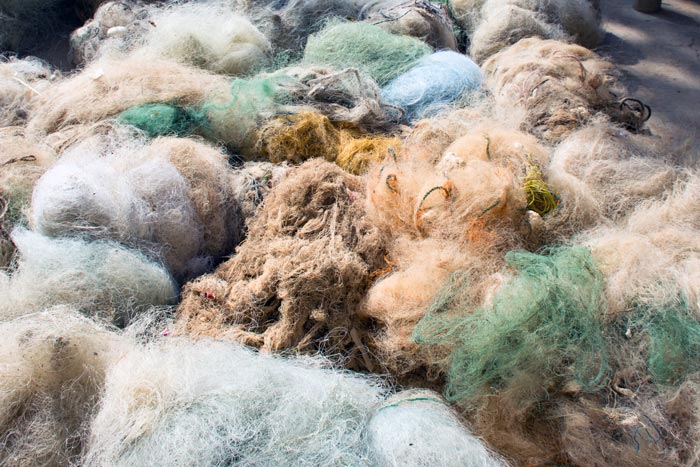Ghost nets are derelict fishing nets – fishing nets that have been abandoned, lost or discarded at sea. Sometimes this refers to one singular net. It may also refer to a conglomerate – a mix of various ghost gear and marine debris such as plastics.

Fishing nets were historically made of natural or biodegradable materials, such as cotton, coconut and hemp. They are now predominantly made from more durable materials, such as synthetic plastics (e.g. high density polypropylene, high density polyethylene and nylon). Due to an increase in these synthetic materials, which can take hundreds of thousands of years to degrade, there has been a substantial rise in the amount of ghost gear accumulating in our oceans today.


There has been research into biodegradable fishing gear that degrades or decomposes after a certain amount of time in water, therefore reducing its capacity to ghost fish, but this has not yet been implemented on a large scale. Biodegradable gear, whilst not the solution to the problem of ghost gear, should be included in any responsible fishery to help combat the prevalence of ghost fishing.
References
- Kim, S., Kim, P., Lim, J., An, H. and Suuronen, P., 2016. Use of biodegradable driftnets to prevent ghost fishing: physical properties and fishing performance for yellow croaker. Animal conservation, 19(4), pp.309-319.
- Macfadyen, G., Huntington, T. and Cappell, R., 2009. Abandoned, lost or otherwise discarded fishing gear.

